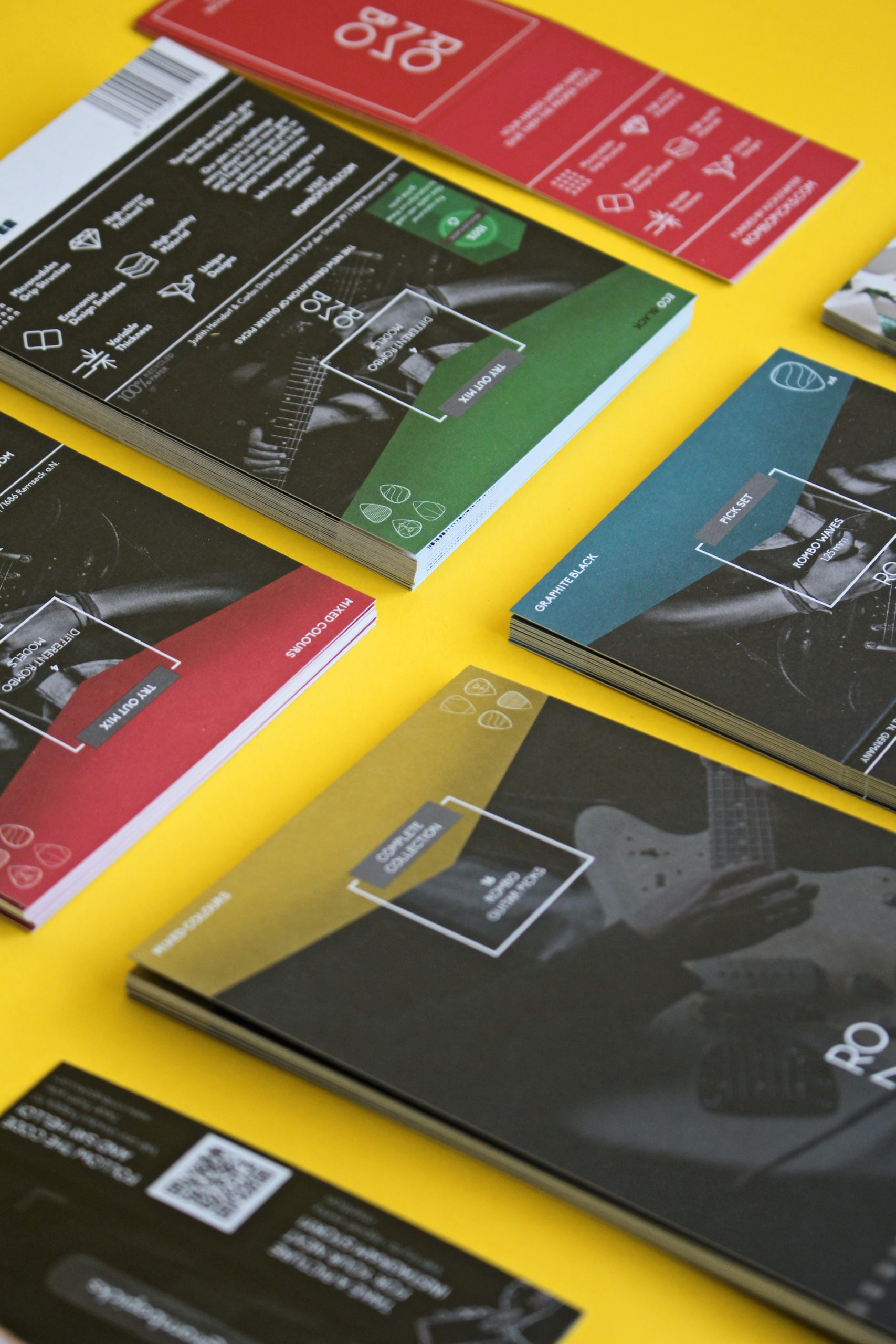No doubt your mailbox is filled with mailers tailored just for you. Personalization has come a long way over the past several decades. The ability to speak narrowly to customers and prospects make it essential to direct mail marketers. As a result, you receive lots of letters, postcards, and brochures that appear to be printed specially for you.
Print Still Delivers the Strongest Returns.
The unique and powerful benefit of modern digital printing is the ability to print this different information ( variable data ) on different sheets of paper during a production run. In the past, that would require separate press runs to imprint the data. Technology improvements have made this easier and more efficient and the power of direct mail has been well-documented in studies. Greater response rates and consumer preferences for the tactile experience of print make strong arguments for adding personalization. Since many of our customers have large client bases or have customers with very specific interests, we have a complete mail room. As a result, we routinely print letter and postcard campaigns that merge names and addresses into documents for unique and targeted reach.
More Than Names and Addresses.
But those mailers in your mailbox may be tailored to you in more ways than you are aware. Variable data printing combines images, background art, unique QR codes, personalized URLs and text within the body of a piece. It is not just names and addresses that make a customizable mailer. The process starts with a database of imagery, text blocks or whatever variable data you want to incorporate into your mailer. Specialty software merges database items into preformatted fields creating a document with specific personalized parameters. A well-designed mailing pulls database info that is representative of each individual contact. The selected text, images, and product info reflect the age, gender, buying history of the targeted recipient. It makes sense that customers and prospects respond to products that appear printed specifically for them.
So How Could One Use Variable Data?
Imagine you own a car dealership with a solid database of customer information and purchase history. In order to handle a surplus of 2-door sport cars and minivans, you could send a variable data postcard to existing customers with an offer to trade their previous sports car/minivan in on a newer model. The mailing could pull pictures of the new model, the model owned by the customer currently, as well as the customers name and address in the copy. Additionally, you could have photos of people enjoying these cars who fit the demographic of the customer. If someone’s grandmother buys performance autos, include a picture of an older woman at the dealership. A minivan buyer might react more to family images. A postcard personalized by name, car model, buying history, gender and age is more powerful than a generic offer to sell a car.
One Last Point….
We are living in the era of Big Data. While concerns about privacy and the selling of data are in the headlines everyday, it is important to collect measurable data about your target audience. Even the most basic understanding of your customers and prospects can help you construct a more successful marketing campaign. The more information you start with, the easier it is to tie your print and digital advertising together.

